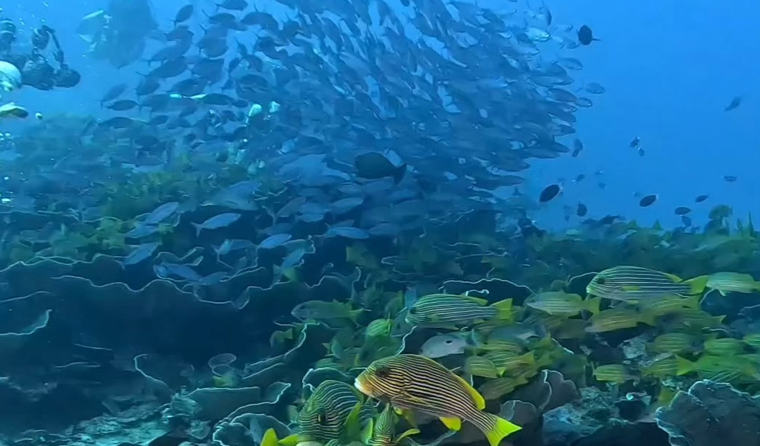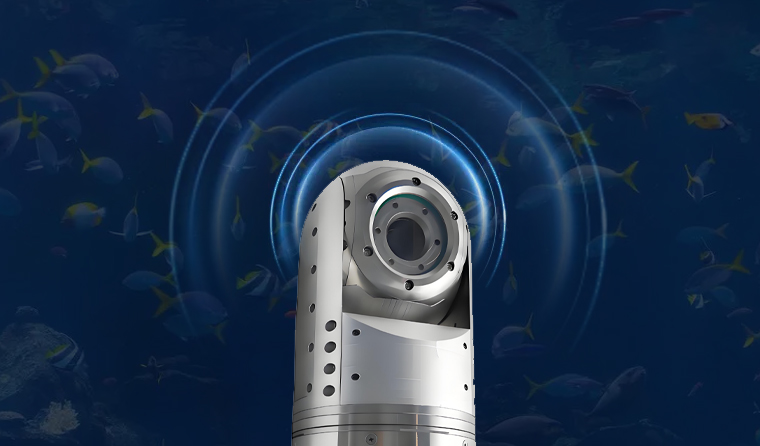
The service life of underwater breeding cameras is not a fixed value. It is affected by multiple factors such as equipment quality, operating environment, and maintenance methods. Generally, it can last 3 to 8 years under proper use. The difference mainly comes from the control effect of core influencing factors.
Equipment quality is the basic determining factor. High-quality cameras adopt corrosion-resistant materials such as 316L stainless steel casings and sapphire glass lenses, combined with an IP68 or higher waterproof design, which can resist erosion from salt spray and microorganisms in the breeding water. The service life of core components can reach more than 5 years. However, inferior products mostly use ordinary metal casings and simple sealing processes, which may have water leakage and corrosion problems within 6 to 12 months.
The operating environment directly affects the wear rate. The high-salinity water in mariculture areas is much more corrosive than fresh water, which will accelerate the aging of the casing and interfaces, and the service life may be shortened by 1 to 2 years. If there are a large number of plankton and sludge in the breeding area, the lens is easily covered, and frequent cleaning will increase mechanical wear. In addition, the scene of deep-sea breeding with drastic water temperature fluctuations and high water pressure will also reduce the stability of the equipment.
Scientific maintenance can significantly extend the service life. Regularly cleaning the lens with a neutral cleaning agent, checking the integrity of the sealing rubber strip, and replacing the waterproof sealing ring once a year can effectively avoid water leakage failures. Timely cleaning of algae and shellfish attached to the equipment surface can reduce material corrosion. On the contrary, long-term idleness without maintenance or illegal disassembly will lead to premature scrapping of the equipment.

For more information about underwater aquaculture camera, please visit the homepage.